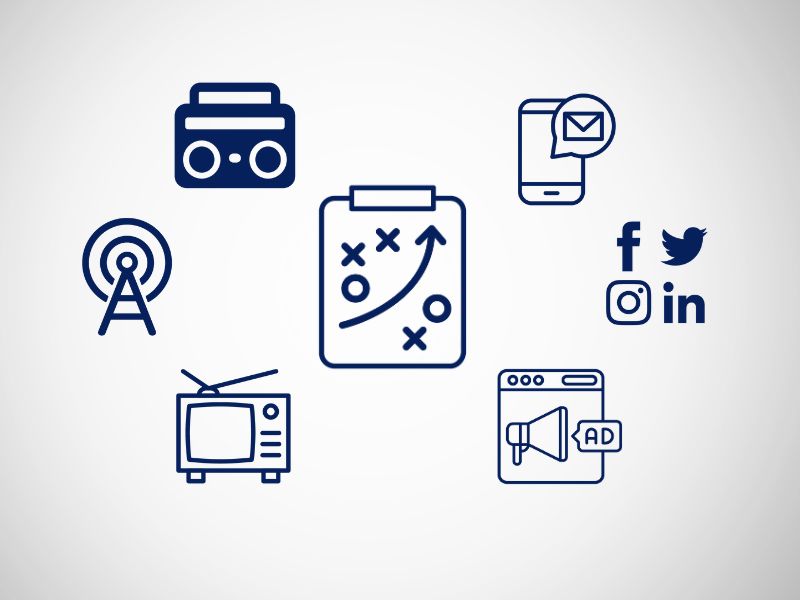
Marketing to the Next Generation

There has been a lot of marketing and advertising money spent on chasing the ever-elusive millennial. While we can’t lose sight of them, brands need to turn their attention to Generation Z, those born between 1995 and 2012. And Gen Z couldn’t be more different from their predecessors.
Their families are made up of same-sex households, working moms, and stay at home dads. Like millennials, Z’s are digital natives and want instant gratification – within 6 to 8 seconds, but that’s where the similarities end. Independent, ambitious, authentic and diverse are just a few adjectives which describe Z’s. While millennials are considered optimistic, Gen Z is more realistic. Growing up during the Great Recession of 2008 has this generation looking for great deals and valuing the dollar.
For example, Z’s want to be part of something. However, a religious non-profit group I work with found that Gen Z has fewer religious affiliations than past generations. It used to be one’s faith brought young people to service. Now it’s service that brings them to faith. Understanding this difference was key to the messaging strategy for our non-profit group.
For brands to be successful, it’s critical to understand Gen Z’s journey and then market and message to them accordingly. For financial brands, Gen Z is learning from millennials’ money mistakes.
- They have seen the student debt crisis and want no part of that. Z’s are working to pay for school as they go, and even opting to attend community colleges and trade schools.
- Twenty-one percent had a savings account before the age of ten.*
- Many in this generation have a “side hustle” – a way to make extra cash and often times that “hustle” is via the internet.
- Forty-six percent of Gen Z have not been inside a bank in the last month – most likely because 48% have a money or payment app on their phone.*
*Center for Generational Kinetics 2017 State of Gen Z
Gen Z is eager to learn more about their finances, but it needs to be on their terms. Capital One is a brand that is doing this well with their new cafes. These cafes are welcoming and not focused on selling. Also, these digital natives are hooked on YouTube. Consider utilizing YouTube with short videos to help educate Generation Z become even more financial savvy. Gen Z prefers to engage with brands via Instagram over Facebook – but focus on sharing how you can help them be successful, lay low on pushing benefits. And don’t forget to personalize your message.
Insurance is another category where Generation Z will be turning it upside down. This group’s sharing habits mandate new types of insurance coverage. There is a growing demand for customized insurance solutions, driven by the sharing economy (e.g. single-asset coverage), and small business (Airbnb limited coverage). Auto pay per mile coverage (due to lower auto ownership) is another example of how evolving lifestyles will change product offers.
Technology is evolving rapidly to become more customer-centric. For example, the process for enrolling and receiving updates is seamless and integrated into customers’ lives. Automation/bots/virtual agents help reduce costs for insurers while assisting customers, actually increasing successful completion of forms for new policies. Tech is also helping relationships between insurer and customer become more proactive not reactive, with personal monitoring devices for health and home. Building a two-way relationship is key. Don’t be shy about involving this group as you are designing new products.
As a brand, if you haven’t already, you need to embrace Generation Z on their terms.
- Understand your brand’s customer journey – Z’s are digital natives, so understand where and how mobile fits
- Create digital videos – how can you use this tool to make Gen Z even smarter?
- Educate with YouTube, engage with Instagram
- Involve them when concepting new products
- Focus on selling the success Z will achieve by using your brand, not pushing the benefits
- Get to the point quickly – remember Generation Z’s 6 to 8 second filter
Who’s next? Gen Alpha – the children of millennials. Start preparing now – these are the kids growing up with voice-controlled devices. Connecting consumers with brands can be a complicated feat in today’s ever-changing world. Truly understanding your audience can help a brand navigate through the customer’s journey.
Read the article on The Financial Brand: https://thefinancialbrand.com/78352/financial-institutions-gen-z-marketing/



.jpg)
